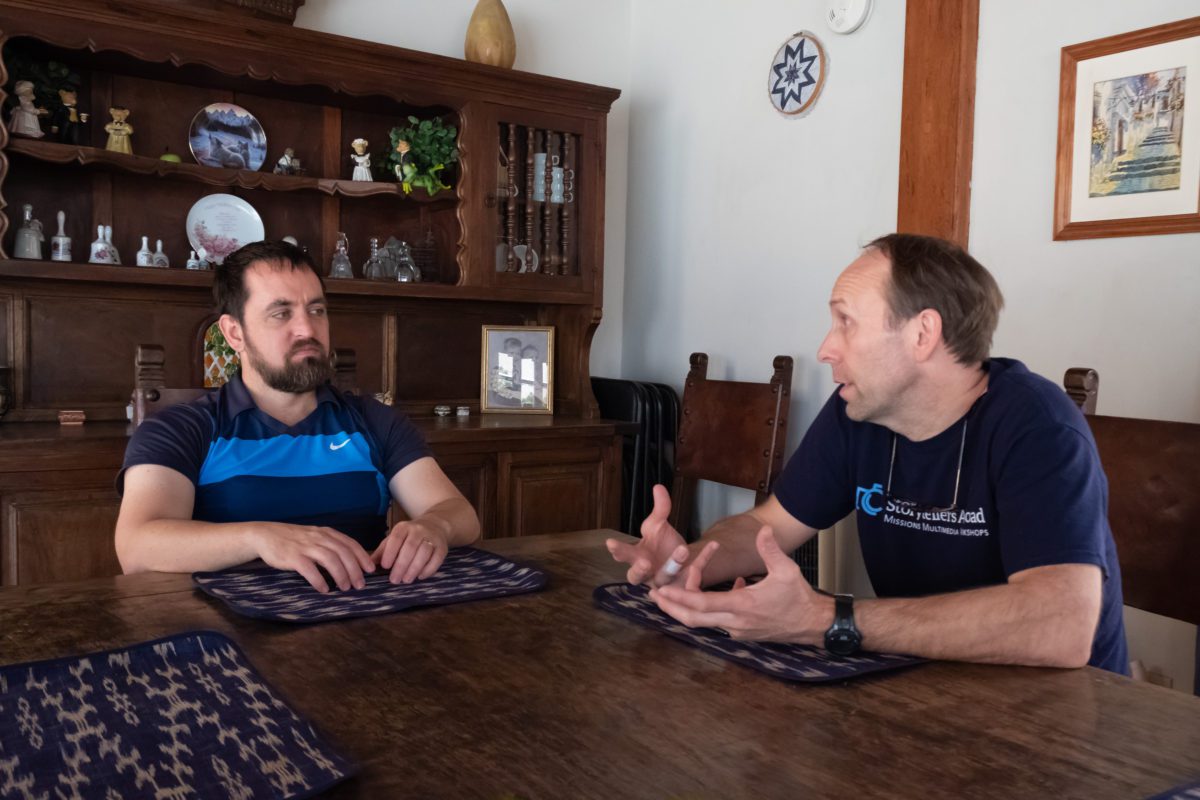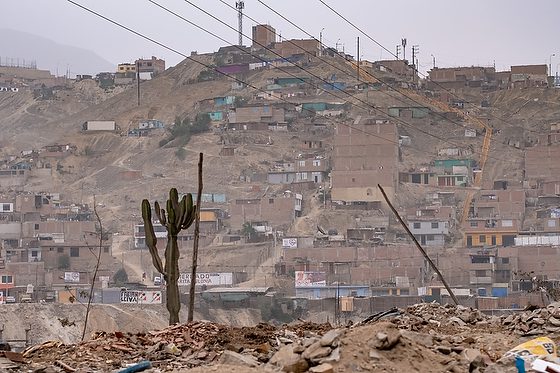
Editor note: we still have two slots available for this trip in January. Go to Storytellers Abroad to see how to register and come with us to Peru.
Lima, Peru, is a desert. The weather patterns for South America generally move from East to West. Most of the moisture gets helped up in the Andes Mountains. The Andes is the most extended continental mountain range in the world, forming a continuous highland along the western edge of South America.
There is a haze over the city due to so much dust from the desert.
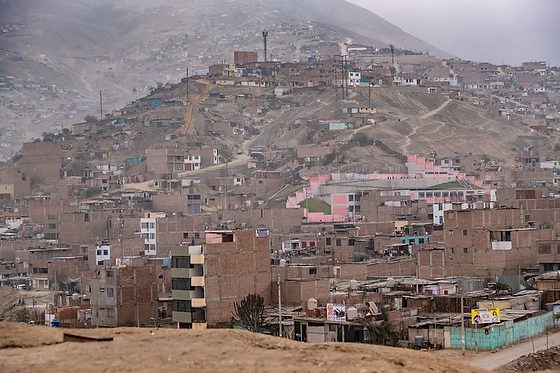
People find places all over the area to build. Some rooms have some buildings similar to squatters in the United States. They make housing without plumbing and electricity.
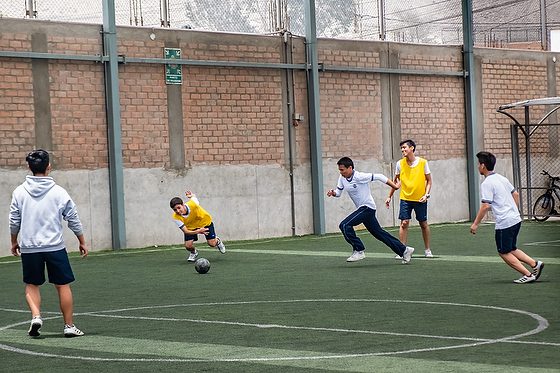
During this trip, we are talking to the locals and our hosts for our Storytellers Abroad trip this January. We are visiting some possible locations where our students will be doing stories. We are doing this to see any potential issues we may need to plan around.
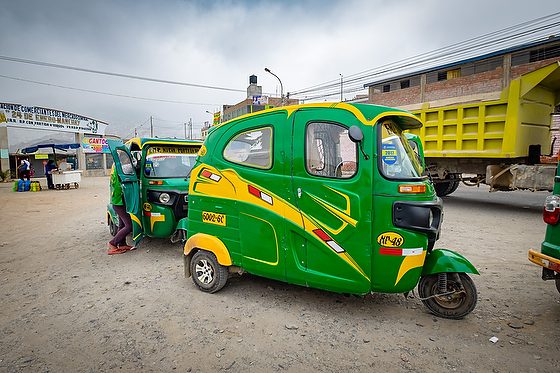
We have visited the location we will use as the classroom part of the workshop.
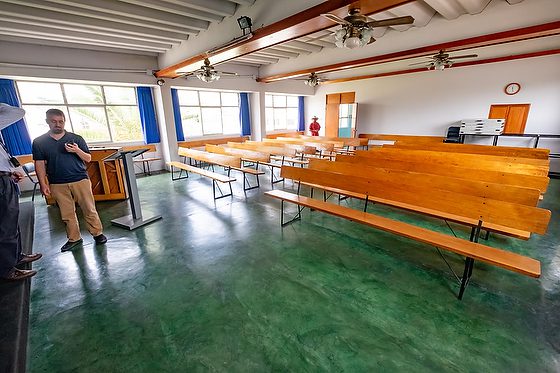
Simple things like planning for power strips, projectors, sound, food, and where we are staying are all being looked at and planned for in this trip.
We are asking security questions about is it safe to walk with cameras from where we are staying to the classroom each day?

John’s credit card company sent him a promotion to eat at his favorite steak restaurant for 50% off. This place would likely be too expensive later for the class, but we love steak and a good deal.
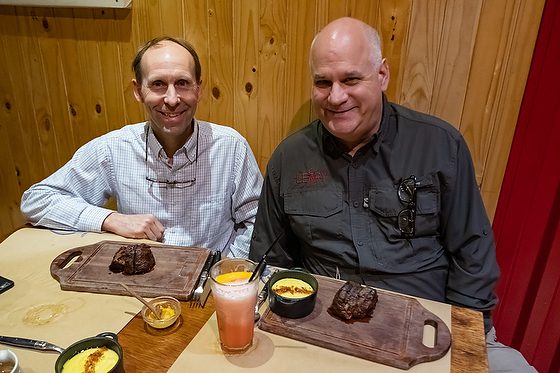
The food was outstanding.
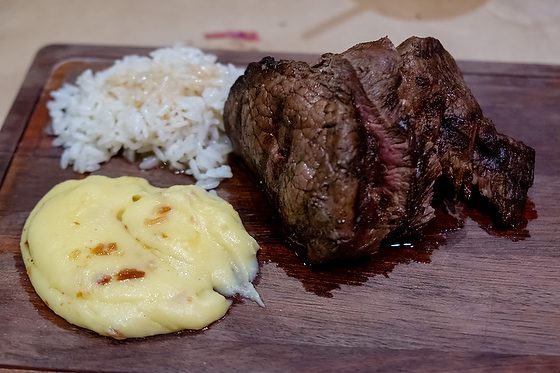
Today we will meet with their team and visit the prenatal clinic they started to help pregnant mothers.
Anyone doing a story must plan. You need to know how you will get places and if the people are available and willing to participate in the story process.
Today we will talk to those helping us identify stories to be sure those subjects will be available when we return for us to follow them for three to five days solid.
We are also planning for the transportation of how we will get all 12 students to each of their stories and who will help them also with the translation during their interviews. We have four people coming on the trip who speak Spanish, but the rest will need translators.
Today we have to help get everyone to see these stories as the stories “WE” want to tell together. The subject, the translator, the transportation, the storyteller, the caterer, and more are all helping make these stories come alive.
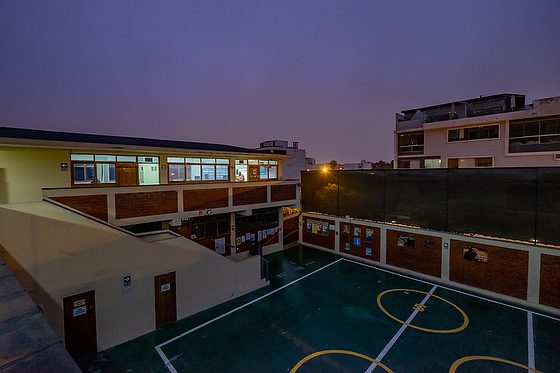
We are still exploring today and tomorrow. The more we prepare to do a story, the better the story will be for the audience.


